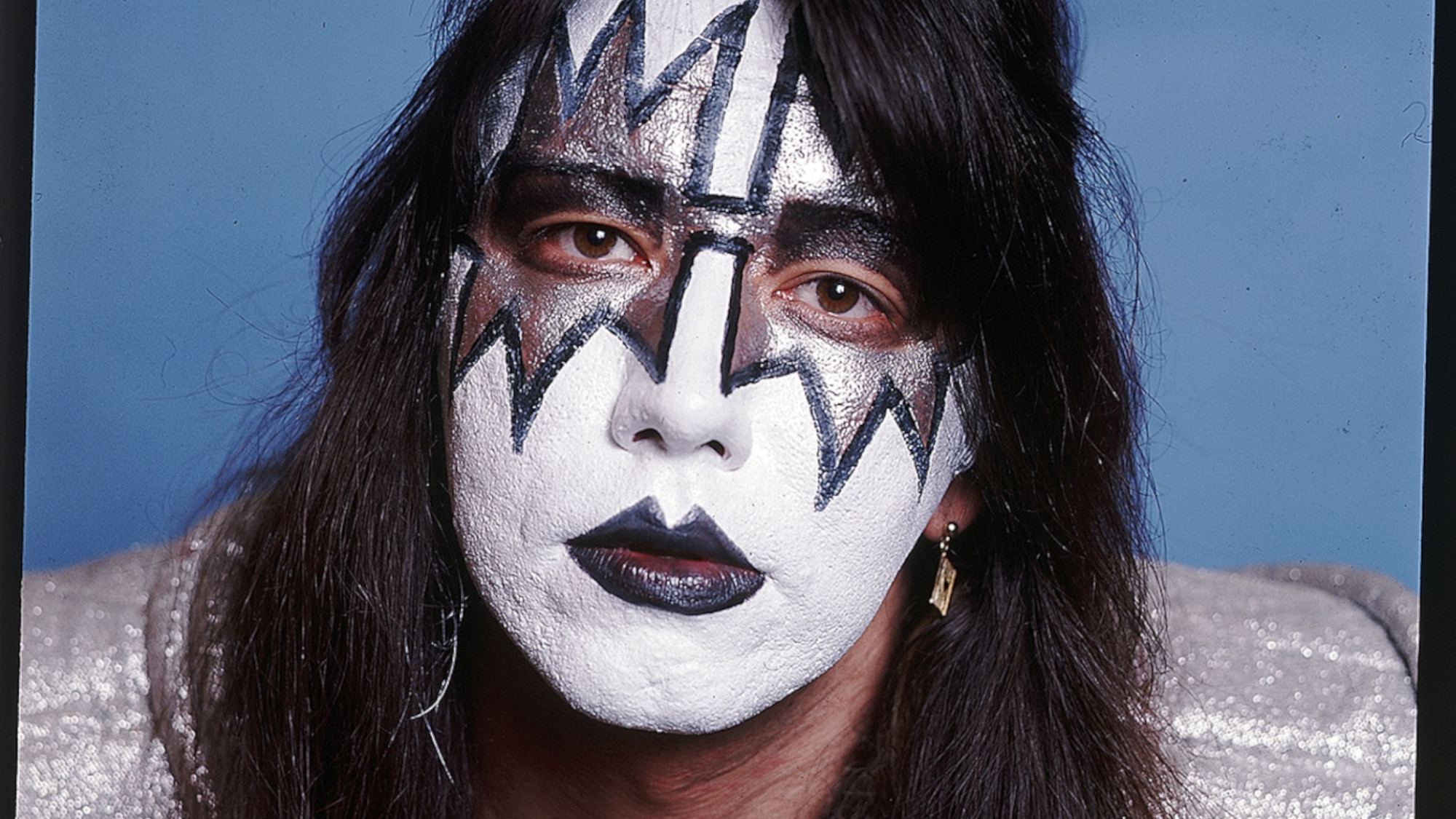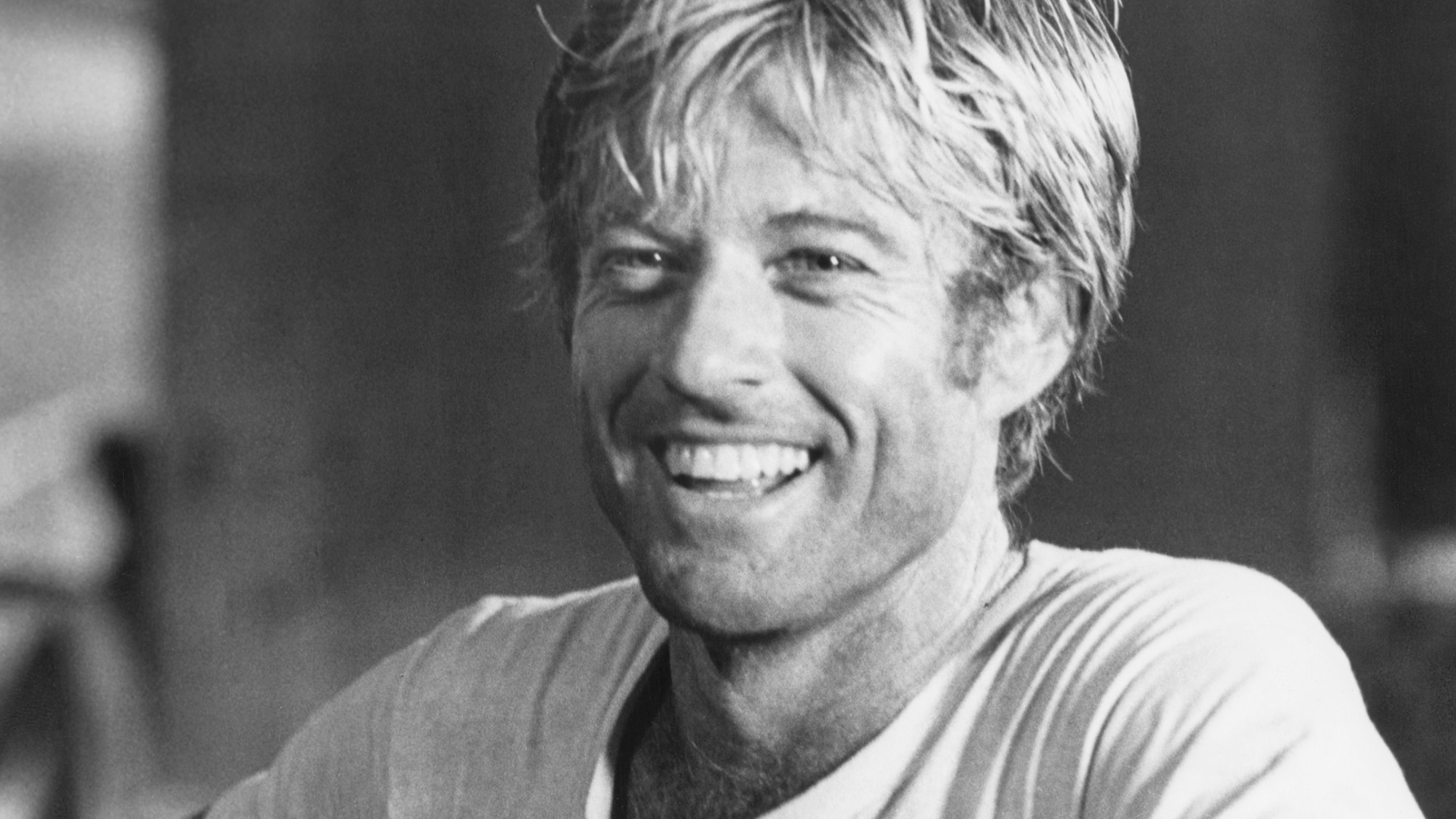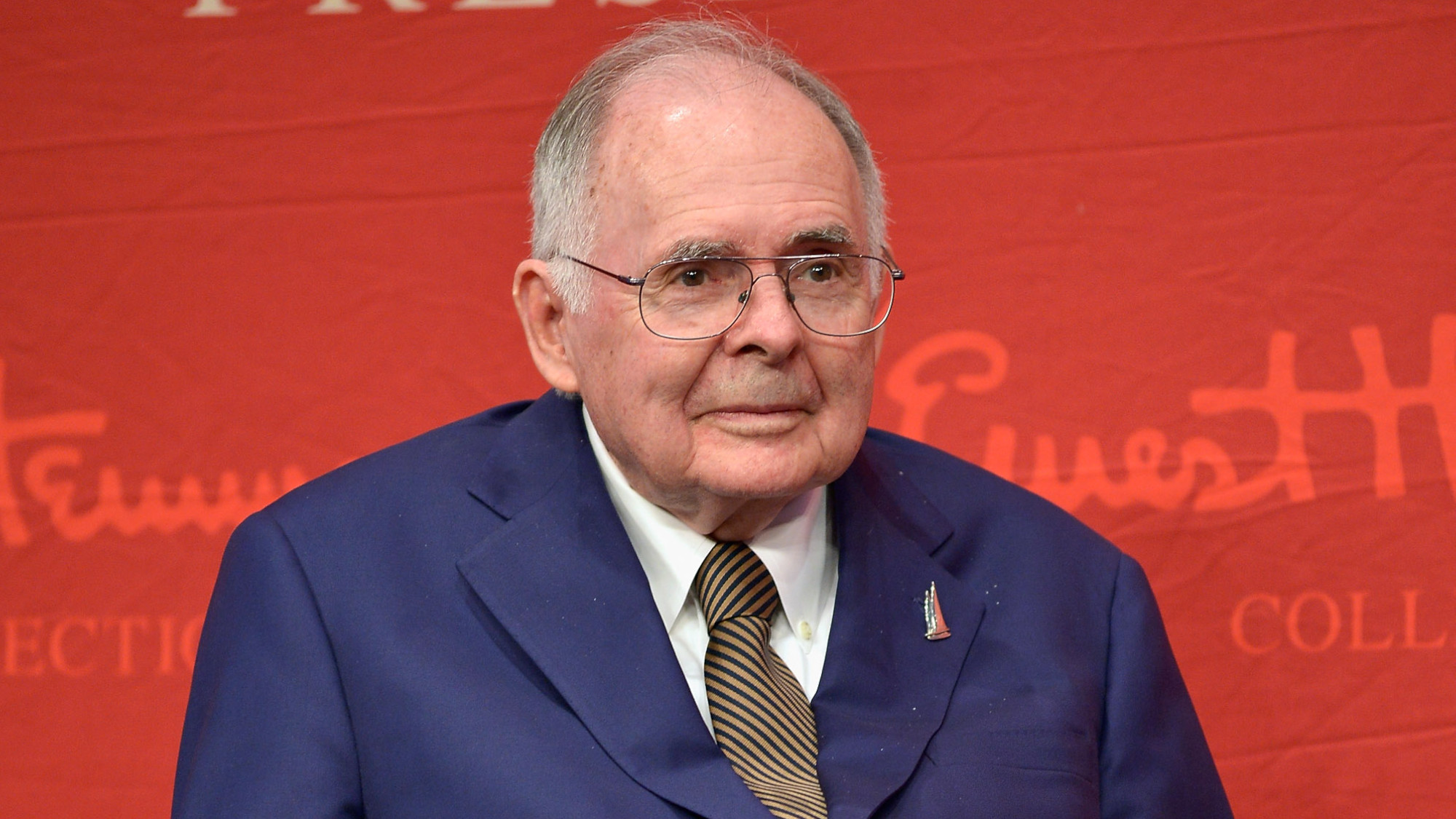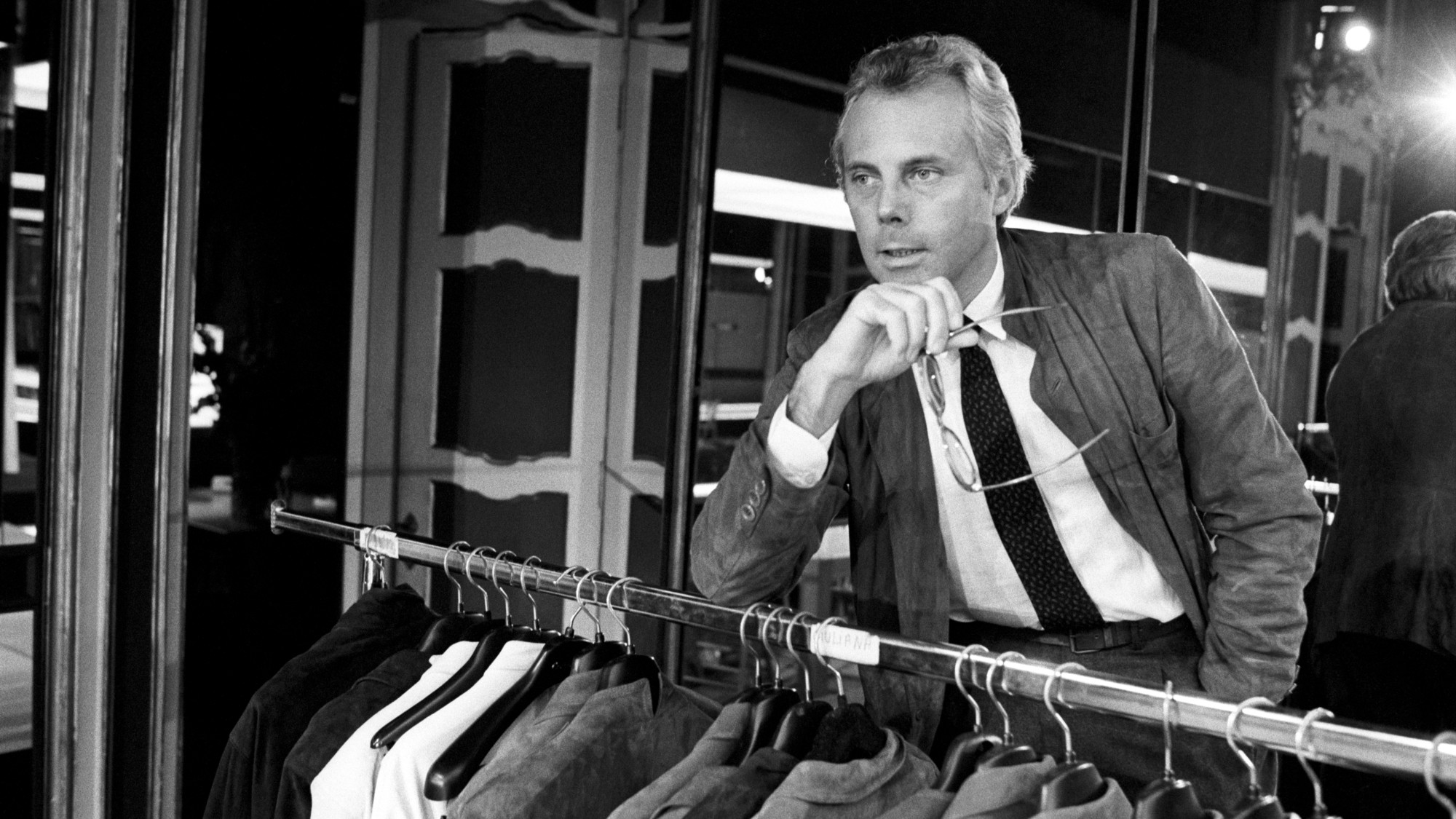Mr. Blackwell
The fashion designer who skewered worst-dressed celebrities
The fashion designer who skewered worst-dressed celebrities
Mr. Blackwell
1922–2008
The Week
Escape your echo chamber. Get the facts behind the news, plus analysis from multiple perspectives.

Sign up for The Week's Free Newsletters
From our morning news briefing to a weekly Good News Newsletter, get the best of The Week delivered directly to your inbox.
From our morning news briefing to a weekly Good News Newsletter, get the best of The Week delivered directly to your inbox.
It was one list Hollywood stars and other celebrities wished had never been invented. Designer and acerbic fashion critic Mr. Blackwell, who died last week in Los Angeles of complications from an intestinal infection, was best known as the man behind the annual “worst dressed” list skewering celebrities, heiresses, and royalty. The dreaded annual publication of the list on the second Tuesday in January—teeming with catty quips, brutal put-downs, and vicious tongue-in-cheek criticisms of fashion disasters—eventually became a fashion institution in its own right. Year after year over a period of 47 years, reigning celebrities were taken to task for not dressing the way Mr. Blackwell thought they should. Björk, he said, “dances in the dark—and dresses there, too.” He dismissed Camilla Parker-Bowles as “the Duchess of Dowdy,” dubbed Madonna “the bare-bottomed bore of Babylon,” and called Mariah Carey “shrink-wrapped cheesecake.”
Blackwell, who rarely used his first name, Richard, was born Richard Sylvan Selzer in Brooklyn, New York. In his 1995 autobiography From Rags to Bitches, said the London Daily Telegraph, he described a difficult childhood—skipping school, committing petty crimes, and sleeping outdoors to avoid his cruel stepfather. “He claimed to have been raped by an older man at a boys’ camp at the age of 11,” and he later trolled Central Park as a prostitute. He was 14 when a talent scout spotted him and hired him to play the understudy “for the part of a youthful gang leader” in the Broadway play Dead End, starring the Dead End Kids. Although he appeared onstage only once, the role led to bit parts in various films, including 1938’s Juvenile Court, “starring a young Rita Hayworth.”
In Hollywood, producer Howard Hughes changed the young actor’s name to Blackwell when he was cast in the film Vendetta, said the Los Angeles Times, but “his scenes ended up on the cutting-room floor.” In 1949 he met hairdresser Robert Spencer, who became his business and life partner, and who survives him. Together they formed a talent agency specializing “in female torch singers.” When Blackwell designed a nightclub dress for one client, the reaction was so encouraging that he and Spencer launched the House of Blackwell fashion company. Although he designed clothes for Jane Russell, Dorothy Lamour, Jayne Mansfield, and Nancy Reagan, among others, being a fashion designer was “never his top priority.” Instead his goal was to become an arbiter of good and bad taste, and to garner as much media attention as possible. In 1960 the Sunday newspaper supplement American Weekly invited him to create a list of best- and worst-dressed celebrities, and a tradition was born.
Blackwell claimed to have had many affairs with some of Hollywood’s leading men. “I am actually a tired, sensitive man,” he wrote in his autobiography, “who can no longer stand the pressure of being evil-tongued all the time.”
A free daily email with the biggest news stories of the day – and the best features from TheWeek.com
-
 Zimbabwe’s driving crisis
Zimbabwe’s driving crisisUnder the Radar Southern African nation is experiencing a ‘public health disaster’ with one of the highest road fatality rates in the world
-
 The Mint’s 250th anniversary coins face a whitewashing controversy
The Mint’s 250th anniversary coins face a whitewashing controversyThe Explainer The designs omitted several notable moments for civil rights and women’s rights
-
 ‘If regulators nix the rail merger, supply chain inefficiency will persist’
‘If regulators nix the rail merger, supply chain inefficiency will persist’Instant Opinion Opinion, comment and editorials of the day
-
 Joanna Trollope: novelist who had a No. 1 bestseller with The Rector’s Wife
Joanna Trollope: novelist who had a No. 1 bestseller with The Rector’s WifeIn the Spotlight Trollope found fame with intelligent novels about the dramas and dilemmas of modern women
-
 Frank Gehry: the architect who made buildings flow like water
Frank Gehry: the architect who made buildings flow like waterFeature The revered building master died at the age of 96
-
 R&B singer D’Angelo
R&B singer D’AngeloFeature A reclusive visionary who transformed the genre
-
 Kiss guitarist Ace Frehley
Kiss guitarist Ace FrehleyFeature The rocker who shot fireworks from his guitar
-
 Robert Redford: the Hollywood icon who founded the Sundance Film Festival
Robert Redford: the Hollywood icon who founded the Sundance Film FestivalFeature Redford’s most lasting influence may have been as the man who ‘invigorated American independent cinema’ through Sundance
-
 Patrick Hemingway: The Hemingway son who tended to his father’s legacy
Patrick Hemingway: The Hemingway son who tended to his father’s legacyFeature He was comfortable in the shadow of his famous father, Ernest Hemingway
-
 Giorgio Armani obituary: designer revolutionised the business of fashion
Giorgio Armani obituary: designer revolutionised the business of fashionIn the Spotlight ‘King Giorgio’ came from humble beginnings to become a titan of the fashion industry and redefine 20th-century clothing
-
 Ozzy Osbourne obituary: heavy metal wildman and lovable reality TV dad
Ozzy Osbourne obituary: heavy metal wildman and lovable reality TV dadIn the Spotlight For Osbourne, metal was 'not the music of hell but rather the music of Earth, not a fantasy but a survival guide'